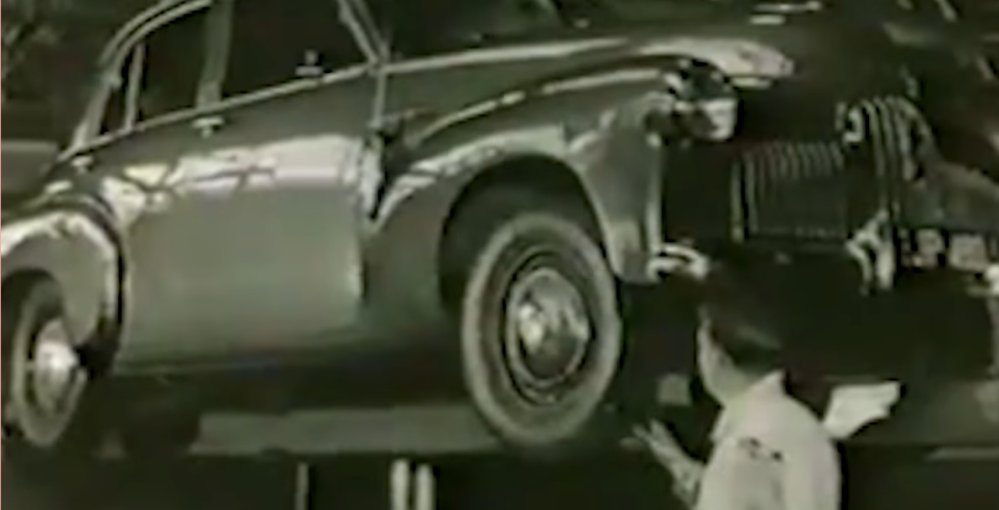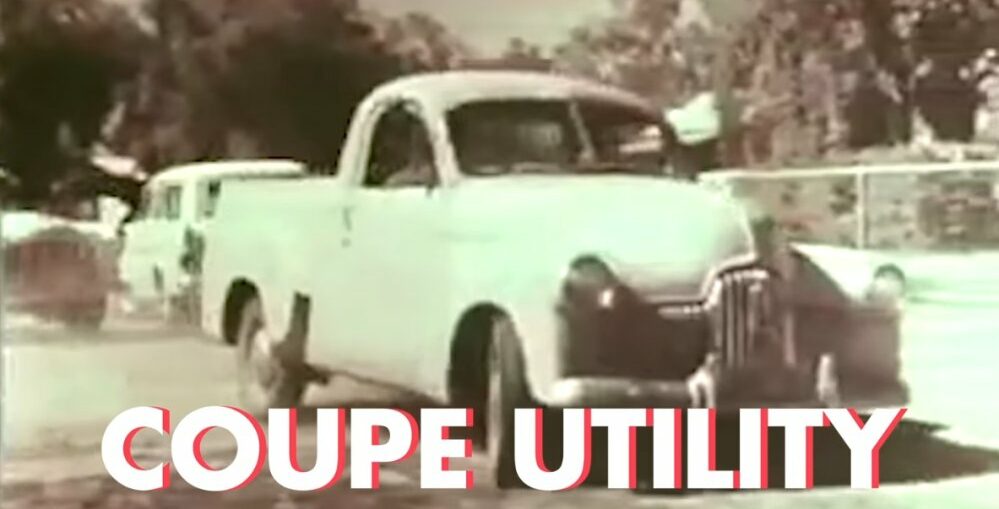High-Energy History of the Holden Brand As Told by Donut Media
Horse saddles to HSV, Holden has an amazing legacy, presented here with the unique flare of Donut Media.
It can be argued that there has never been an Australian brand that was as well represented in the United States as Holden because no other Aussie brand has been represented in the U.S.A. However, aside from bringing Americans the modern Pontiac GTO, the Pontiac G8 and the Chevy SS, Holden is unquestionably the most successful Aussie automaker ever, spending nearly 100 years building cars for the local market.
The crew at Donut Media put together a detailed history of the Holden brand with the high energy exclamations that only host James Pumphrey can provide, starting back in the 1850s.
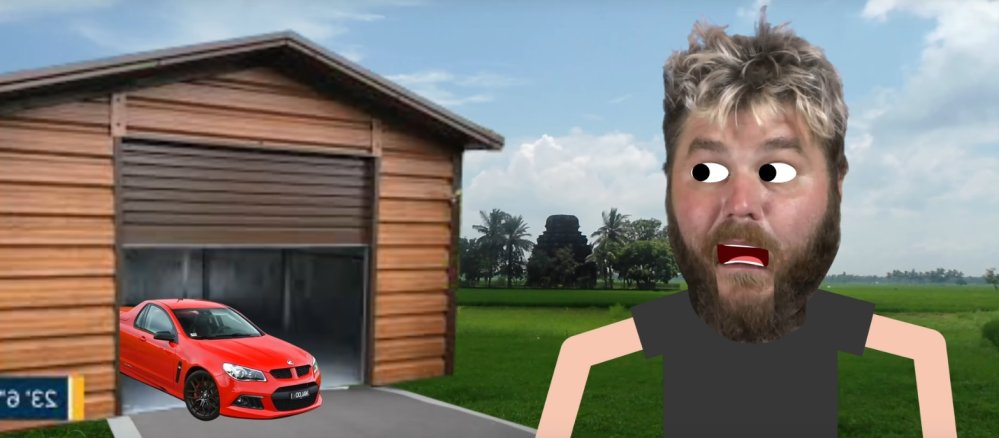
The Early Days
The video begins with Pumphrey calling Holden and “Australian institution”, comparing models like the Commodore, the Monaro and the Torana to the American Camaro, GTO and Nova. He goes so far as to say that these models are well-known by “any self-respecting, roo-riding Aussie”.
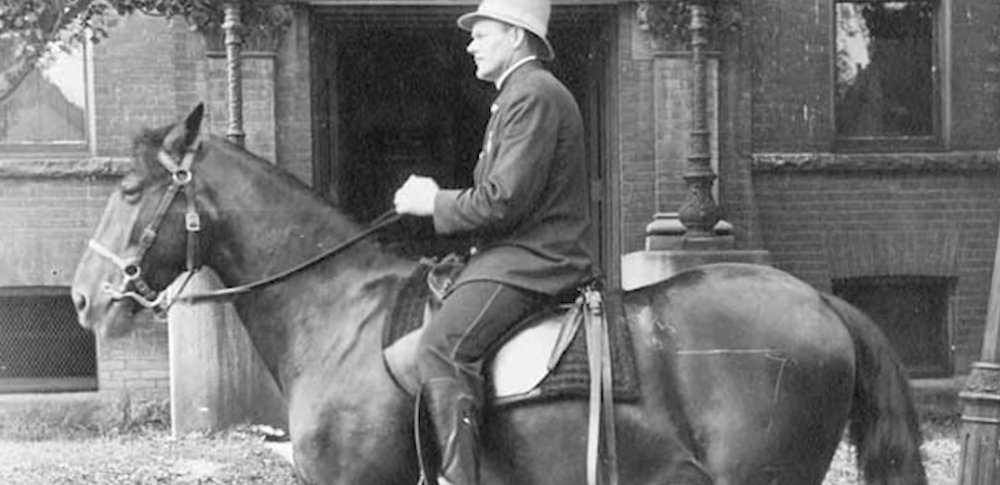
Surprisingly, Holden began as a saddle maker back in 1956 and the company spent more than 50 years outfitting horses, until joining the automotive world in the early 1900s. At first, the company was producing bodies for Ford and General Motors vehicles, but when GM bought Holden in 1931, the Australian company focused specifically on building uniquely-badged and bodied GM vehicles for the local market.

Those cars were fine, but the GM vehicles didn’t always handle the local conditions well, so Holden manager Lawrence Harnett wanted to roll out a car built in Australia, for Australia, by Australians. In 1948, that became a reality with the introduction of the 48-215.
A few years later, the Coupe Utility was introduced and the Aussie “ute” was born, becoming a mainstay in the market for decades.
Meet the Monaro
Holden was doing well with their early models, but with the growth in popularity of motorsports with production-based vehicles, Holden boss Peter Nankervis wanted something that would compete with the successful Ford Falcon GT. That car was the 1968 Monaro, packing an American 327-cubic inch V8 and a price that made it accessible to many Aussie drivers, unlike the pricy imported models.
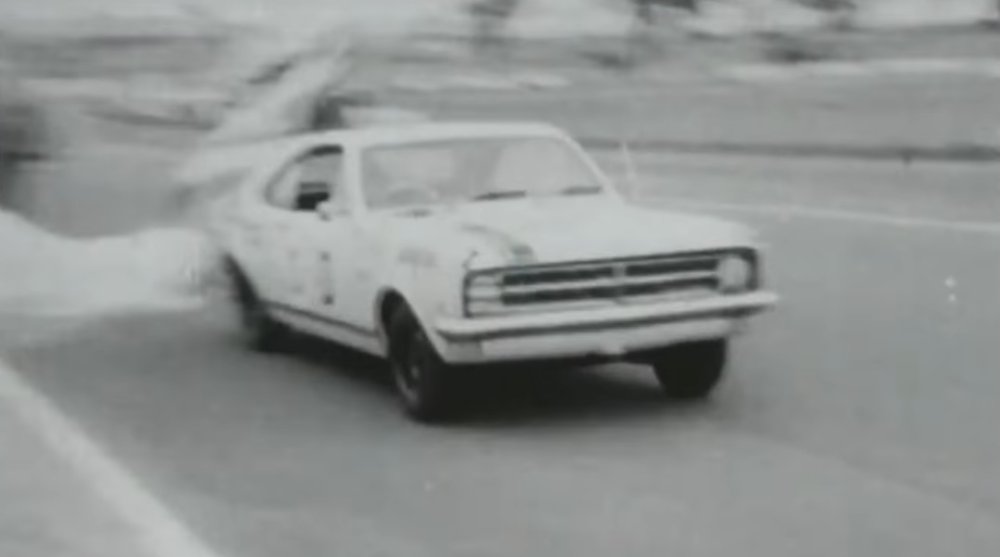
With 250 horsepower, the sleek Monaro was a hit with everyday drivers, but it was also a beast on the track. On October 6, 1968, a trio of Monaro race cars swept the podium in a Class D race. Class D would eventually become what we know today as the V8 Supercars, so back in 1968, the modern age of Australian motorsports began with Holden domination that would continue for decades.
Enter Sandman
In the 1970s, while Americans were falling in love with (and in) vans, Aussies stuck to smaller panel cars. Holden boss Leo Pruneau wanted to capitalize on the popularity of the panels cars, so he suggested that the company take the Belmont panel van and add the front end of the sporty Monaro. The resulting vehicle was named Sandman, which Pumphrey calls “one of the greatest names in automotive history”, and he is right.
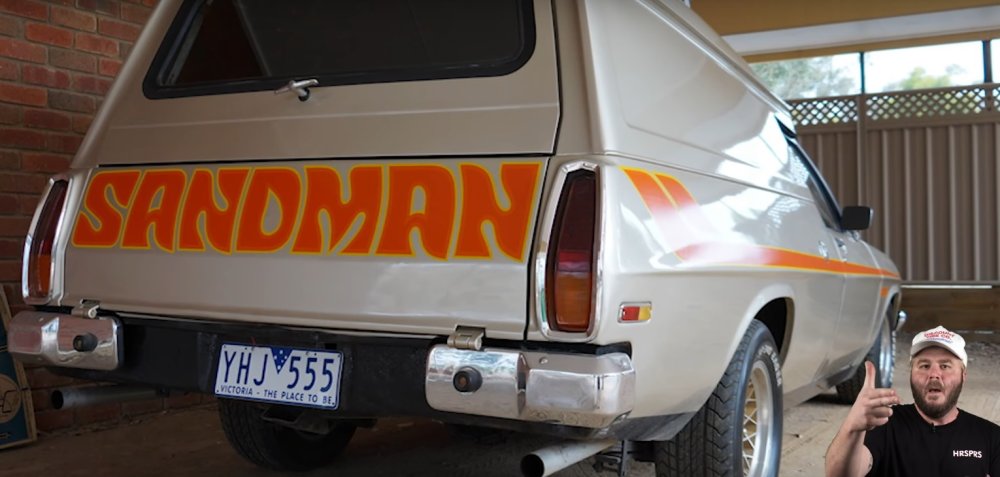
The 1970s also brought the introduction of the Torana, which was the company’s compact performance car, winning the Australian Touring Car Championship in 1978 and 1979.
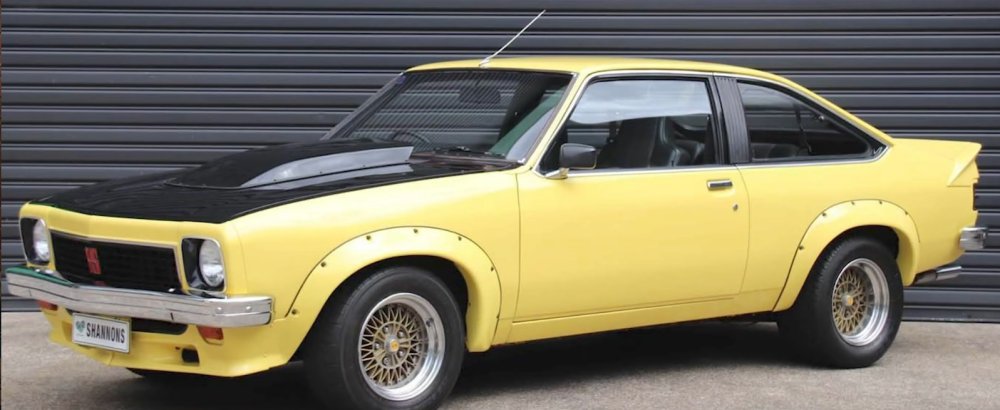
Big Changes in the ‘80s
In the 1986s, the Australian government passed legislation that all new vehicles be powered by 91-octane gasoline. Holden’s engines required far more octane, so they turned to Nissan for help. The Aussie automaker purchased batches of Nissan’s RB30 engine from the R31 Skyline, allowing the refreshed Commodore to pack solid power. A short time later, a turbocharged version was introrduced, packing enough power that the Australian police began using them for pursuit vehicles.
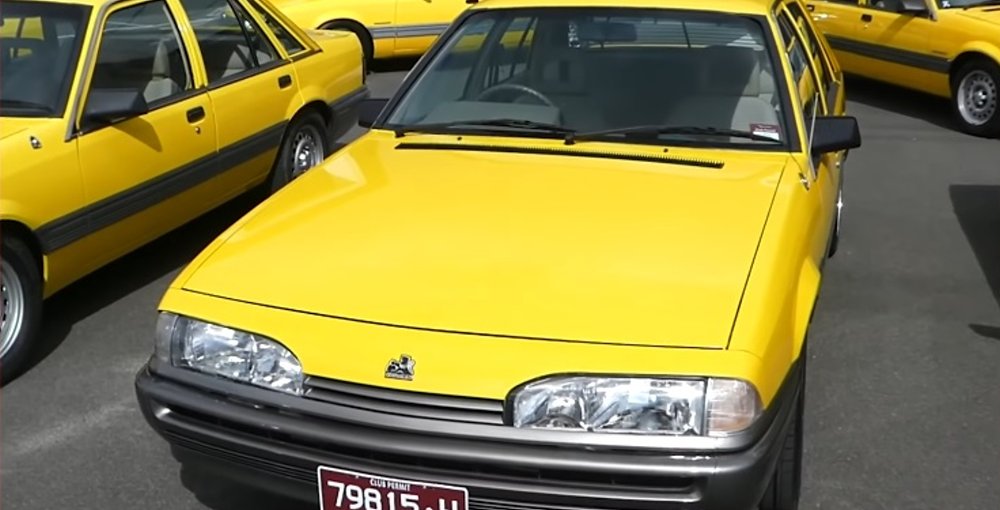
In 1986, Holden teamed up with Tom Wilkenshaw to create Holden Special Vehicles or HSV. The first product of this partnership was the Commodore SS Group A SV, which featured a wicked body kit with incredible aerodynamics and a 240-horsepower V8. This car dashed from a stop to 60 in just 6.5 seconds, helping it to win the 1990 Bathurst 1000 endurance race.
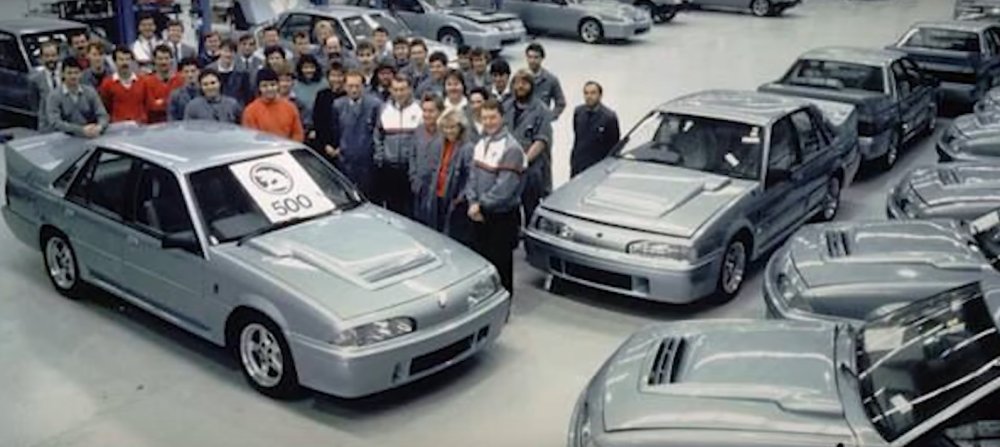
The Modern Era
In 2001, Holden’s Michael Simcoe designed a curvy coupe with similar lines to the company’s sedans and they gave it the name of the car which launched the brand’s performance attack. It was called the Monaro and while it only lasted for three years, the Monaro brought Aussie performance to the United States in the form of the Pontiac GTO. That partnership with GM’s American side would also lead to the Pontiac G8 sedan and the Chevrolet SS, both of which were based on the VF Commodore.
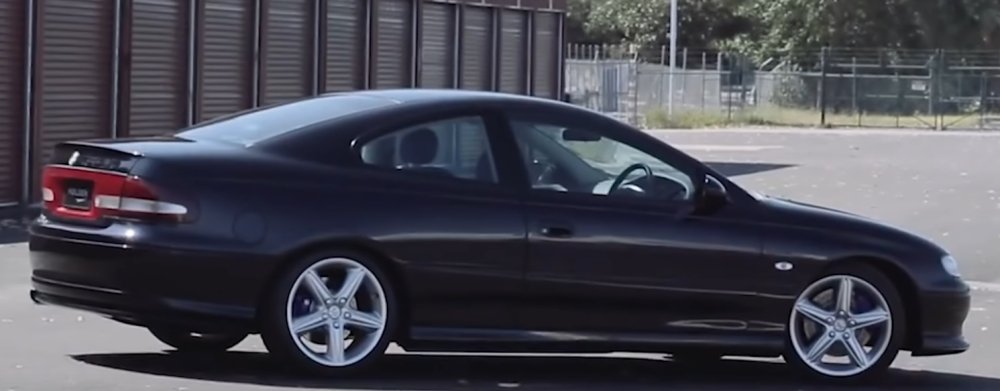
Finally, the last great Holden performance cars were the aforementioned VF Commodores, offered in a trip of high performance packages. This included the 425-horsepower Club Sport, the 577-horsepower GTS and the 577-horsepower Maloo GTS, which Pumphrey calls the most Aussie vehicle ever due to the fact that it is a ute.
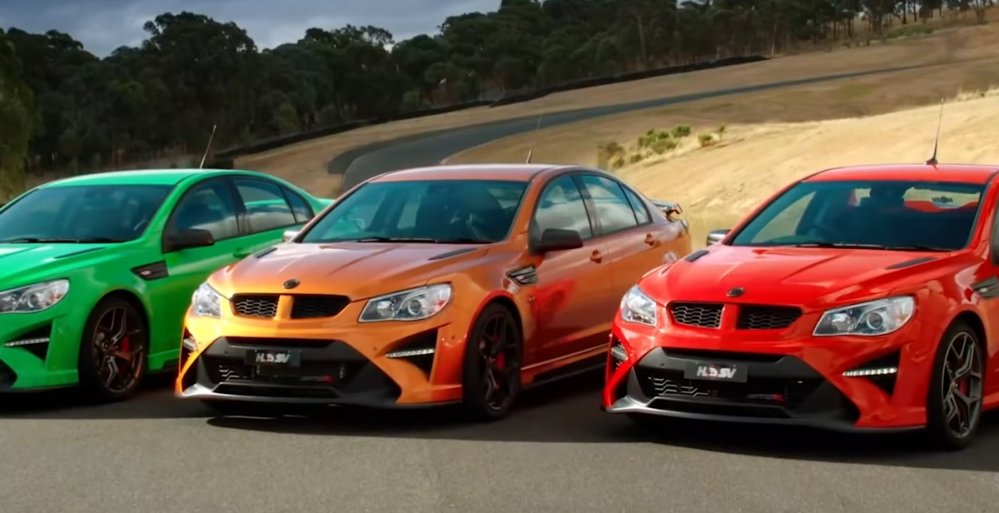
Sadly, with the end of VF production in 2017, the tradition of Holden building Australian cars has come to an end and the current future appears to be more GM models from other markets with unique badging for the local market, but there is no questioning the stamp that Holden has left on the global performance market.

